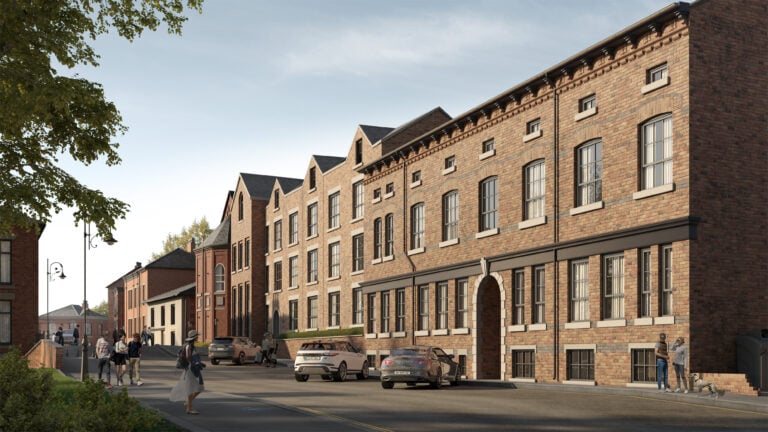UK house prices are rising, but delve a little deeper and there are some wide variations across the country’s different regions, which property investors can use to target the next hotspot.
With demand for properties continuing to outstrip supply, while improving market confidence has brought a greater number of buyers to the fold over the past year, UK house prices have shown some solid growth in recent months.
The latest house price index from Halifax, for example, revealed a 0.7% month-on-month increase in January, marking a 3% annual rise and bringing the average property price to £299,138. Similar rises have been recorded across other house price indices, while sales volumes have also been on the rise.
While changes to the stamp duty threshold are set to play a role in an acceleration of completed purchases between now and the start of April when they take effect, the wider market is expected to continue to be supported by falling mortgage rates, strong wage growth, and the ongoing supply-demand imbalance that will hold up UK house prices.
One effect of the tax change, which will see an estimated 83% transactions incurring stamp duty costs, compared with around 49% under the current thresholds, is that the more expensive parts of the country could see a dip in appetite – as they will incur the biggest tax bills. Meanwhile, demand could swell even further in cheaper areas, where buyers will continue to get more for their money.
Where to watch for UK house prices
New analysts conducted by UOWN has revealed the cities in the North of England are expected to see the strongest growth in house prices, as homebuyers and property investors alike become more drawn to the opportunities in this part of the country.
Over the next five years, properties in the North will see property price growth that exceeds the national average, according to UOWN, starting with an average price rise of 5% over the course of 2025 for the regions of the North West, North East, Yorkshire and the Humber, and Scotland.
At the top of the table is the North West, home to the major cities of Manchester and Liverpool, as well as smaller, up-and-coming towns such as Stockport, Bolton and Preston.
Over the next five years (between 2025 and 2029 inclusive), UOWN’s research points towards house prices surging by a cumulative average of 29.4%. This is down to a combination of factors, including vastly improving jobs markets, transport and amenities in the major cities and towns of the region, as well as better affordability drawing more first-time buyers and property investors to these places, pushing up prices at a faster pace than less sought-after areas.
The North East is another one to watch when it comes to UK house prices. The region is forecast to see prices rises by a cumulative 28.2% between now and 2029, making it another key hotspot for property investors seeking strong capital growth prospects.
Adding to the northern locations on the list, Yorkshire and the Humber’s price growth forecast matches the North East at 28.2% over the next five years. According to UOWN, this is largely driven by the key cities of Leeds and Sheffield, which remain attractive prospects for buyers looking for thriving city locations at a lower price point than in the south.
Weakest areas for UK house prices
UK house prices are set to climb at the slowest rate in the South of England, according to UOWN’s research, which uses data from ONS, Zoopla and Rightmove.
At the bottom of the list for UK house prices, London can expect an average five-year increase of just 17.1%. This is followed by the South East, where prices are expected to climb by 17.6% over the time period.
This is followed by a slightly better outlook for the East of England (19.9%), the South West (21.6%) and the East Midlands (24.6%). At the centre of the table are the West Midlands (26.4% projected growth), Scotland (25.8%), Wales (25.2%) and the East Midlands (24.6%).
UOWN’s founder and managing Director, Haaris Ahmed, said: “Home hunters and buy-to-let investors are certainly facing new challenges, such as higher stamp duty, fluctuating interest rates and stricter regulations, but that doesn’t mean the opportunities are gone.
“In fact, our research shows that looking beyond the traditional hotspots in the South East could be a smart move. With rising demand in the North and more affordable markets, there are significant growth opportunities for those willing to explore up-and-coming areas. The potential for long-term gains is very much still there, and house buyers and investors just need to know where to look.”
If you’re a property investors following trends in UK house prices and looking for the next property investment hotspot, get in touch with BuyAssociation today to find out more about the options available in our target areas, including Manchester and Liverpool.










